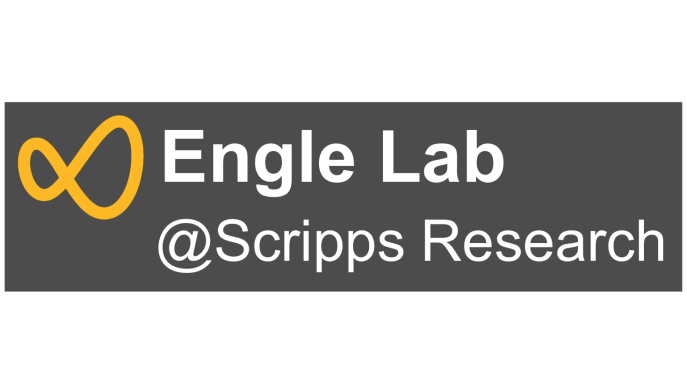In our latest research publication, Hui-Qi, Por, and collaborators from the Piercey lab at Purdue University and Pfizer, Inc. report a new method for olefin cyclopropanation under Pd(II)/Pd(IV) catalysis. Compared to previous methods, the reaction can directly employ C–H pronucleophiles, such as 1,3-diketones, without the need for activation as a diazo or other carbenoid progenitor. Additionally, with internal alkenes, the reaction provides unusual anti-selective addition due to the underlying directed carbopalladation mechanism. Congrats to the entire team on this collaborative effort.
For a link to the pre-print in ChemRxiv, click here: https://chemrxiv.org/engage/chemrxiv/article-details/641a9863dab08ad68f818947








